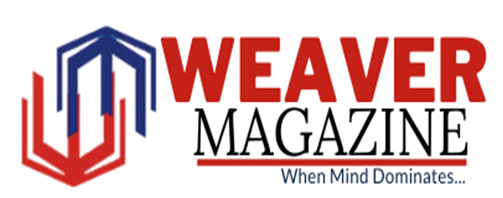The science of solving puzzle questions lies in applying structured techniques that leverage cognitive patterns and logical reasoning, transforming guesswork into predictable success. Are lengthy logic-based problems your biggest time hurdle during practice sessions? Do you understand the concept but still end up confused while solving it?
Many learners face this issue, not because they lack knowledge but due to missing the structure behind the challenge. The right technique, combined with targeted practice, can make a major difference. This is where guided materials prove their worth.
Puzzle Questions in Reasoning Become Easier with a Well-Structured Resource
Puzzle questions in reasoning are easier to crack when preparation follows a layered approach. The PDF resource offers categorized formats, making it easy to focus on one type at a time. This organization trains the mind to identify patterns quickly.
Each section walks through varied difficulty levels, helping learners strengthen fundamentals before moving to advanced structures. This progression mirrors how analytical thinking improves in stages. With repetition and structure, the brain begins to process layouts more naturally.
Visual Layout Enhances Logical Mapping
When material is designed clearly, it aids the way the brain processes information. Each example in the resource uses spacing, tables, or bullet points to separate key clues from filler content. This layout helps reduce overwhelm and allows faster comprehension.
Instead of reading lengthy blocks of text, aspirants can scan and isolate important data. The easier it is to map information mentally, the faster the solution appears. Well-structured design plays a subtle yet powerful role in improving clarity.
Stepwise Explanations Help Build Real Accuracy
Step-by-step guidance turns complex sets into approachable challenges. The structured solutions provided in the resource serve as more than just answer keys—they become learning tools. Here’s how they benefit aspirants:
- Detailed Logic Mapping
Each solution is broken down into clear steps that reveal the thought process. This helps learners see how to connect clues logically instead of guessing. - Elimination-Based Strategy
Explanations often show why certain options are wrong, not just why one is right. Understanding this helps reduce future errors through better decision-making. - Pattern Recognition
Regular exposure to guided solutions trains the mind to spot recurring clue types. Over time, this builds speed and confidence. - Error Prevention
By addressing frequent mistakes like misreading clues or overlooking constraints, these explanations ensure precision in every step. - Habit Formation
Practicing with structured examples creates a repeatable method. What starts as learning soon becomes a reliable solving habit.
Timed Sets Improve Speed Without Compromising Quality
Mastery isn’t just about solving correctly—it’s about doing it quickly. The PDF material includes time-bound sets designed to match actual exam difficulty. Practicing within a clock-based setting pushes learners to make quicker decisions.
These timed drills help reduce overthinking. With practice, learners stop hesitating and start identifying entry points faster. This improves both speed and performance under pressure without affecting accuracy.
Repeated Practice Improves Pattern Recall
The more familiar a pattern becomes, the easier it is to recognize. Revisiting similar formats across different examples strengthens mental recall. With each round, candidates improve their intuition, knowing how to begin and where to focus first.
This repeated exposure, offered across sections in the resource, ensures that learning is not passive. Instead, it becomes a cycle of action, correction, and mastery. That familiarity can be the deciding factor in high-scoring attempts.
Understanding puzzle questions in reasoning is less about luck and more about developing the right method. With regular practice using such material, learners gain more than just knowledge—they develop a system of thinking. They become faster, more accurate, and better at filtering distractions. The science of solving lies in structured repetition, cognitive clarity, and reflective practice—and with the right material, success becomes a calculated result, not a guess.










